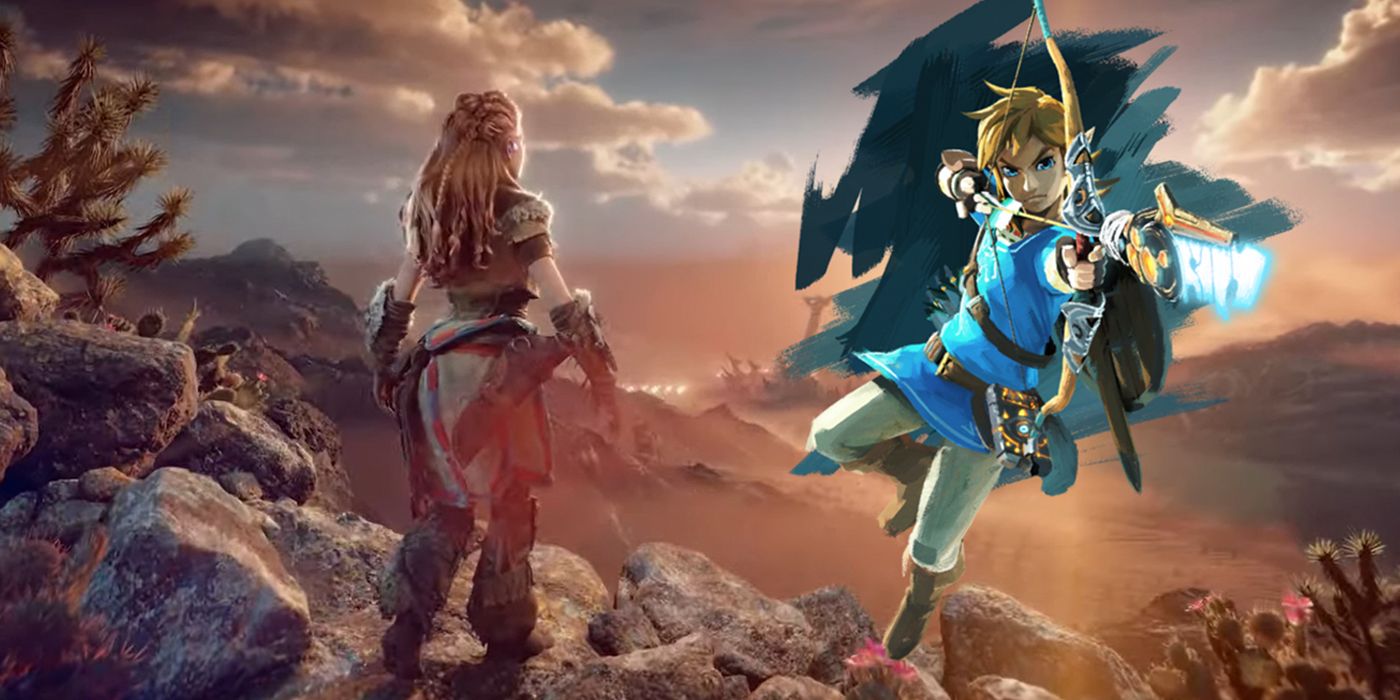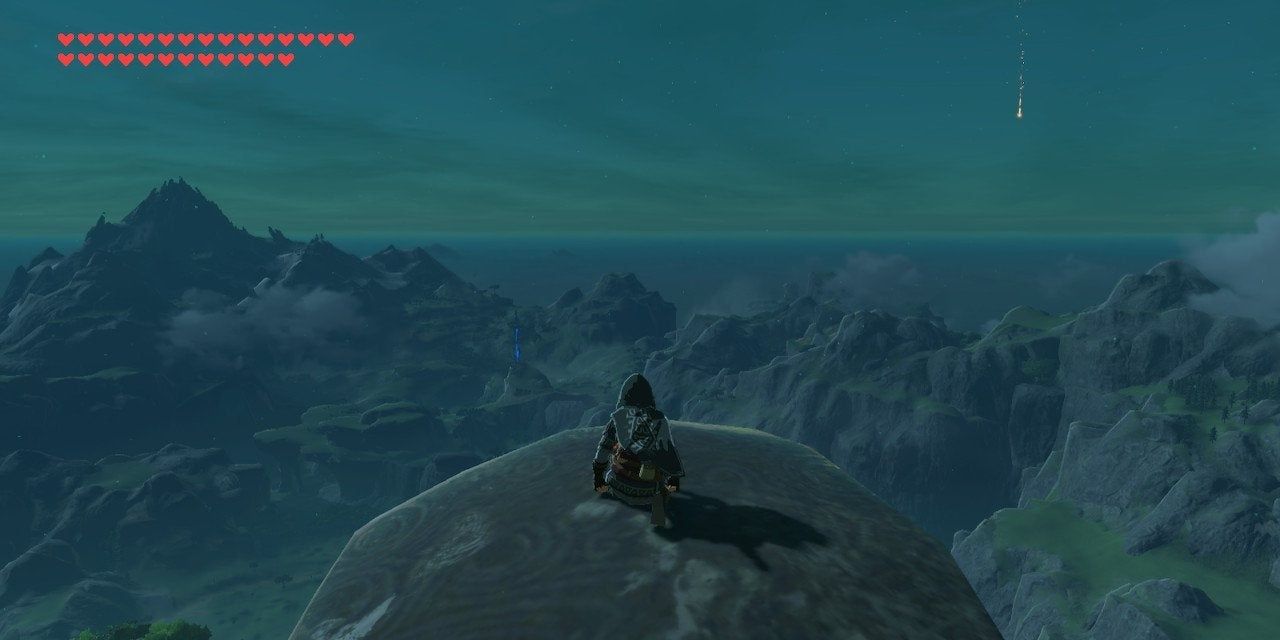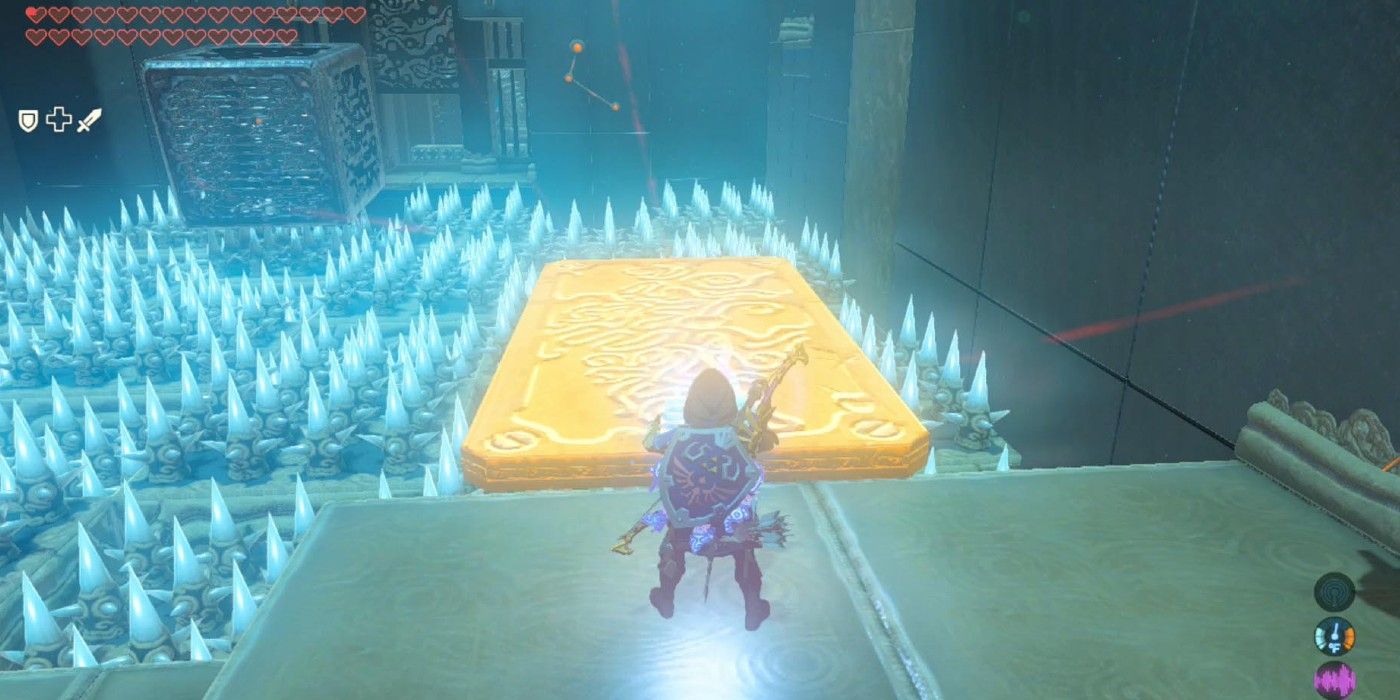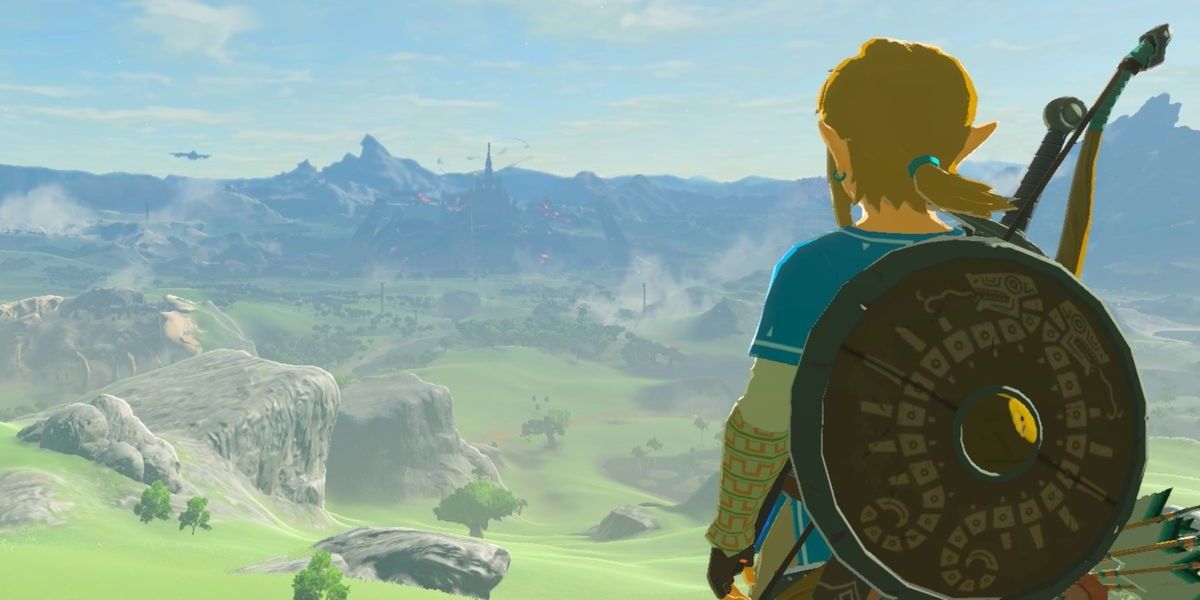The open world genre has seen a resurgence in recent years. Many big games, and even some smaller indie ones, have experimented with the grandiose style of world design, and some, like Red Dead Redemption 2 have seen great success with it. Some non-open world games, like God of War 2018, have even worked in mild open world structural elements into their design to provide a feeling of freedom and abundant content. While this trend can be traced all the way back to 2001's Grand Theft Auto 3, and open world is probably in even older immersive sims, there have been certain gaming touchstones in the ensuing years that define or redefine the genre.
One of the biggest during the last console generation was 2017's The Legend of Zelda: Breath of the Wild. The game is the defining Nintendo Switch title, and a large part of why it has sold so well. An adventure of epic proportions, this title looked to totally reinvent the action-adventure, puzzle-centric Zelda franchise into an open world where exploration was the be-all, end-all goal of the game.
Sure, Calamity Ganon was waiting in the center of the map, and the four Divine Beasts were scattered throughout Hyrule, but players needed to gear up and learn the lay of the land before they could tackle those challenges. It was an incredibly compelling set-up for a game, and in just a few short years it seemed like every open world game worth its salt was copying something from Breath of the Wild.
A Long Development Cycle Has Passed Since Breath of the Wild
The fact of the matter is, it's been four years since the release of The Legend of Zelda: Breath of the Wild. That's half a console generation. It only makes sense that every open world game worth its salt is taking a little piece of Breath of the Wild; it's such a massive, well-designed game that it only makes sense to use it as a consultant. Games that started pre-production after BotW came out are now in their marketing phase or have released outright, and it's easy to assume that some entire games were conceived as a direct response to Zelda's success.
The most noticeable example of this happening is Immortals: Fenyx Rising from Ubisoft. Right from the leaked Gods and Monsters demo on the Stadia that showed what the game intended to be, it was clear that Immortals was meant as a sort of response to Breath of the Wild. Ubisoft is well-known for its open world games, and indeed it could be argued that Immortals was spawned specifically because it would be too much of a hassle to rework the realistic Assassin's Creed games to be more like Zelda. While it's a bit more linear and RPG-like, the late 2020 Immortals clearly owes its life to BotW taking off like it did.
Breath of the Wild Had So Many Great Ideas
Breath of the Wild is a shining example of how to design an open world action-adventure with scattered puzzles and non-linear storytelling. While some players simply couldn't get past its sheer openness and weapon durability, many others went on to enjoy how points of interest were tactically laid out through the entire map, and how the many mechanics could be applicable to a seemingly endless number of situations. Developers noticed too, and some of them took the effort to copy some of BotW's best innovations, like the paraglider. That one, in particular, has been in a ton of games recently, including Biomutant, Horizon: Forbidden West, and Genshin Impact.
Genshin Impact is probably the biggest example of building off of Zelda. Made by Honkai Impact 3rd developer miHoYo, this game wears its inspiration on its sleeve. The paraglider, the ability to climb any wall, the Hilichurl camps that resemble Bokoblin bases, the way bows are aimed, and even, to some extent, the art style used for the environment are all inspired by Breath of the Wild. Genshin Impact isn't only like Zelda however, it was an experiment to see if a console action-adventure could feasibly be combined with a mobile gacha RPG experience. According to the profits miHoYo has reported, it was a rousing success. BotW is an incredibly solid base to build off of, and many open world games would be remiss not to borrow something from it.
Breath of the Wild Was a Pioneer in its Genre
Of course, all of the innovations other games took from Breath of the Wild stem from the game coming up with them to begin with. Breath of the Wild was a series and developer pushing into a genre they had no experience with, and using that fresh perspective to come up with something truly unique.
The fast travel points and "Ubisoft towers" used to uncover the map were now cleanly worked into the game's setting, and every single one of the 100+ shrines and towers offered a unique puzzle to solve. Gone was the difference between main story quests and side quests; now everything between the tutorial and defeating Ganon was optional. Manual air travel was now often the preferred way to travel Zelda's world, and players would often use this to both cover large distances quickly, survey the land for shrines and points of interest, and pick up supplies while journeying.
It's not a stretch to say that every game seems to be copying Breath of the Wild recently because it really is that good. The game has sold a staggering 22 million copies as of March 2021, and any big publisher will look at that and think it has a chance to score a few million. The audience is there, and is still waiting for the official BotW sequel, so there might as well be similar games around to fill the gap.
Even Nintendo's own Super Mario Odyssey followed in Zelda's footsteps, and it looks like Sega's next big Sonic game could be going down the same road. The Legend of Zelda: Breath of the Wild has made massive waves in the game industry, and everyone can expect to continue to feel those waves for years to come.
The Legend of Zelda: Breath of the Wild 2 is in development for Nintendo Switch.




